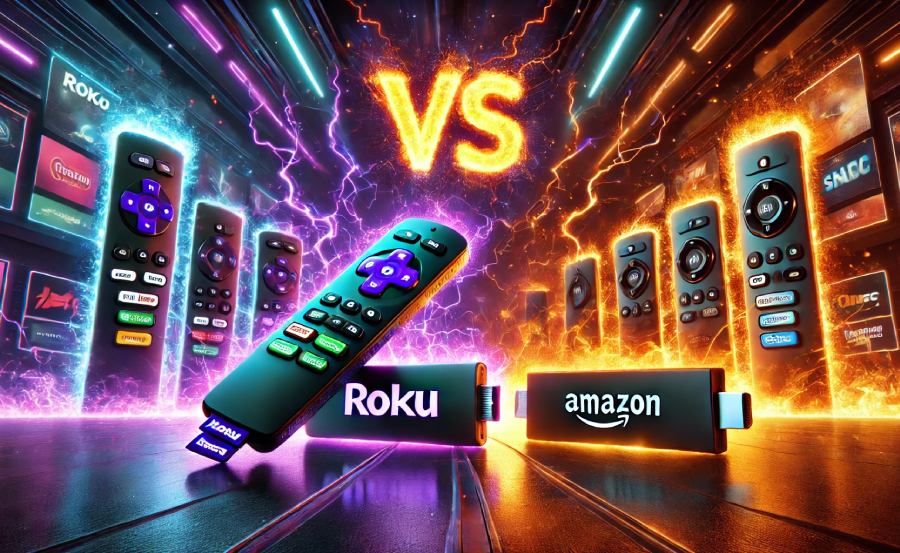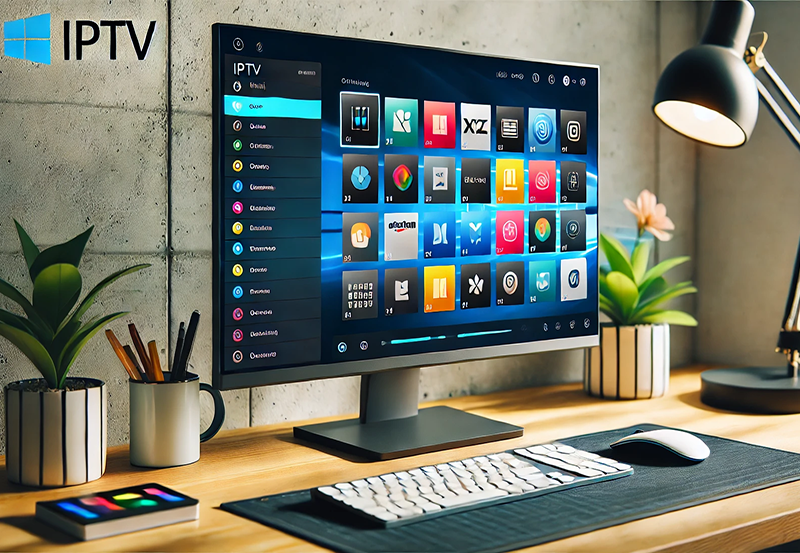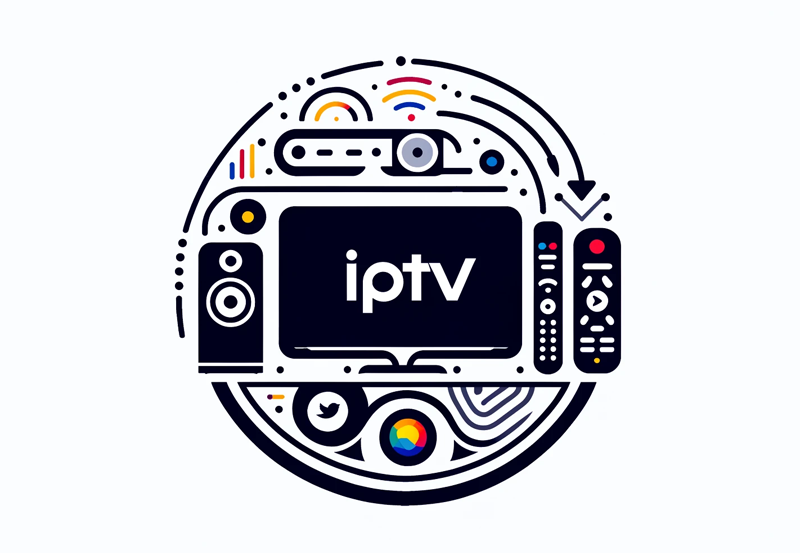With the ever-evolving world of streaming services, integrating efficient voice control capabilities can significantly elevate the user experience. Many of us have our hands full juggling multiple tasks, making hands-free control not just a luxury but a necessity. This exploration dives into the voice control features of two popular streaming devices, Roku and Fire Stick, evaluating their impact on streaming, particularly for sports enthusiasts who are always on the lookout for the Best IPTV for sports.
Understanding Voice Control Technology
The Evolution of Voice Control in Streaming Devices
Voice control has traversed a fascinating path. Early attempts were clunky and often frustrating, as they required precise commands and clarity that only a fraction of users could master. Today, the technology has drastically improved, allowing for a more natural interaction. Streaming devices, in particular, have harnessed this advancement to create seamless viewing experiences.
From simply changing channels to searching for specific content or genres, voice control has become an integral part of the streaming ecosystem. Integrating these features into devices like Roku and Fire Stick has allowed users to maintain a flow of entertainment without pausing to type search queries manually.
Streaming Insight:
Discover premium entertainment with CalmaHub IPTV, offering top-tier channels and VOD at unbeatable prices.
How Voice Recognition Works in Streaming Devices
Voice recognition in streaming devices revolves around complex algorithms that interpret speech and convert it into digital commands. These systems rely heavily on machine learning models trained to understand text from speech inputs, even picking up various accents, tones, and slang to offer results that are contextually accurate.
The process may seem instantaneous, but it involves breaking the spoken word into chunks, analyzing these fragments against vast datasets, and then delivering the appropriate action. This advancement not only makes streaming more accessible but also opens doors to innovative services, including the Top IPTV services available today.
Roku’s Voice Control Features
Advantages of Roku’s Voice Control
Roku has been at the forefront of adding flexibility to video streaming with its voice search and control features. Users can seamlessly search for titles, directors, actors, genres, or even launch channels and apps without the hassle of navigating with a remote keypad.
For sports aficionados using the Best IPTV for sports, this functionality is invaluable. Imagine being able to jump straight to a live match or highlights with a simple voice command! The specificity and convenience of Roku’s voice features can save time and enhance the overall enjoyment of sports events.
Challenges With Roku’s Voice Command Functionality
Despite its benefits, Roku’s voice control is not without challenges. The system occasionally misinterprets commands, especially when background noise is present. This can lead to user frustration, which is a critical aspect developers are continually working to improve.
Additionally, the dependency on internet connectivity can hinder the voice function. Network lags or downtime can significantly impact the efficiency of voice commands, often leading users to revert to traditional remote controls when the service is unreliable.
Fire Stick’s Voice Control Features
What Sets Fire Stick Apart in Voice Control?
Fire Stick, particularly with the integration of Alexa, offers robust voice control capabilities. This integration allows Fire Stick users to not only control their streaming apps but also access a wide range of Alexa skills, effectively turning the device into part of their smart home ecosystem.
For the sports aficionado looking to Elevate Your IPTV Viewing Journey, Fire Stick offers precise navigation through sports channels, live game stats, and the ability to control playback without lifting a finger. Alexa’s integration offers an expansive utility beyond just simple navigation, making it more versatile in day-to-day use.
Limitations of Fire Stick Voice Control
As much as Fire Stick is lauded for its capabilities, it does have certain limitations. Users must be aware of the privacy concerns that may arise from having a voice-activated device constantly listening. This issue is not unique to Fire Stick but is more prominent due to the deeper interaction Alexa offers.
Another potential drawback is the learning curve associated with maximizing these features. While the potential to customize experience is vast, users unfamiliar with voice command technology may find it challenging initially to navigate the full suite of options effectively.
Comparing Roku and Fire Stick Voice Control
Key Differences in Functionality
When comparing Roku and Fire Stick, both have their strengths and potential drawbacks. Roku is commended for its straightforward, user-friendly interface which is accessible to all demographics, whereas Fire Stick’s deep integration with Alexa provides a broader range of functionalities.
Both devices offer reliable voice recognition, but the specificity of commands that Fire Stick enables tends to outperform Roku, particularly for users who enjoy personalization and smart home connectivity.
User Experience and Interface Design
User interface plays a critical role in overall user experience. Roku thrives with its intuitive layout which suits users familiar with traditional TV remotes, providing comfort and ease in navigation.
In contrast, Fire Stick’s visually rich interface emphasizes content discovery, which many users prefer when searching for engaging content across the Top IPTV services. Ultimately, the choice between the two boils down to individual preference and specific needs in a streaming service.
Enhancing Your Sports Streaming: The IPTV Connection
Why IPTV Matters for Sports Enthusiasts
Sports fans demand real-time access to games, scores, and highlights. This need is met efficiently by IPTV services, which provide a larger array of live and on-demand content. The Best IPTV for sports ensures sports enthusiasts never miss a moment, offering seamless streaming across multiple devices.
IPTV services cater to a global audience, transcending geographical boundaries and providing users access to international sports events that might otherwise be unavailable through traditional broadcasting methods.
Combining Voice Control with IPTV for Superior Streaming
Integrating voice control with IPTV services can radically transform streaming experiences. By combining these technologies, users can swiftly access sports content with the ease of issuing a spoken command, effectively streamlining the process of finding and watching their favorite sports.
Whether it’s switching between games or accessing detailed commentary, this integration contributes to a more immersive and customised viewing journey ideal for the passionate sports fan.
The Future of Voice Control in Streaming
Predicted Technological Advancements
As voice recognition technology continues to evolve, we can anticipate more refined and intuitive interaction models in streaming devices. Expect shorter response times and more context-aware solutions that can understand not just what is being said, but the intent behind the command.
Future advancements may also see the synergy between voice control and artificial intelligence, bringing predictive suggestions and smart search capabilities tailored to user preferences directly to the streaming front.
How Voice Control Will Enhance User Interactions
Voice control is set to revolutionize the way we interact with digital content. Going beyond simple commands, the introduction of more natural conversation-like interactions will reduce the barrier between user intent and service execution.
This expected evolution will undoubtedly elevate user satisfaction, as devices become more proficient at anticipating and meeting viewing needs, paving the way for more personalized and satisfying streaming experiences.
Frequently Asked Questions

How does voice control improve the streaming experience?
Voice control allows for hands-free navigation, enabling users to search and play content without interrupting their activities. For sports fans, this means quicker access to live games, replays, and scores.
Can voice-enabled streaming devices connect to IPTV services?
Yes, devices like Roku and Fire Stick can integrate with IPTV services, enhancing the user’s ability to search and manage IPTV content using voice commands, leading to a more seamless viewing experience.
Are there privacy concerns with using voice control?
While voice control offers numerous conveniences, it does raise privacy concerns. Many devices require a ‘listen’ mode, which can be unsettling for users. It’s crucial to understand these privacy settings and their implications.
Which device offers better voice control: Roku or Fire Stick?
Each device has unique strengths. Roku is known for its simplicity and ease of use, whereas Fire Stick, with its Alexa integration, offers more comprehensive voice control and smart home connectivity options.
What improvements are expected in future voice control technology?
Future advancements will likely include more accurate voice recognition, faster response times, greater context awareness, and deeper integration with artificial intelligence to provide predictive content recommendations.
Cut the Cords: Exploring the Advantages of IPTV Over Cable





